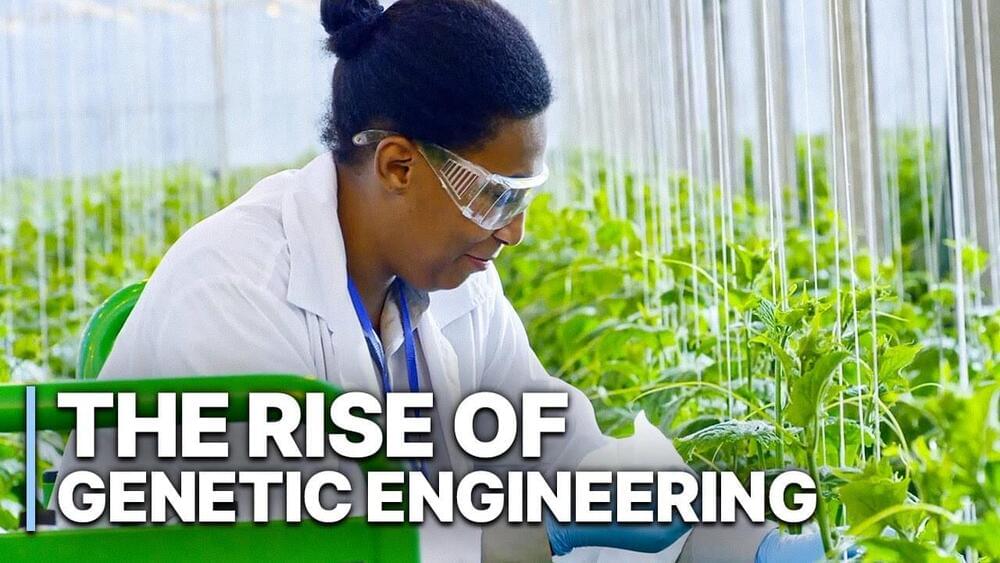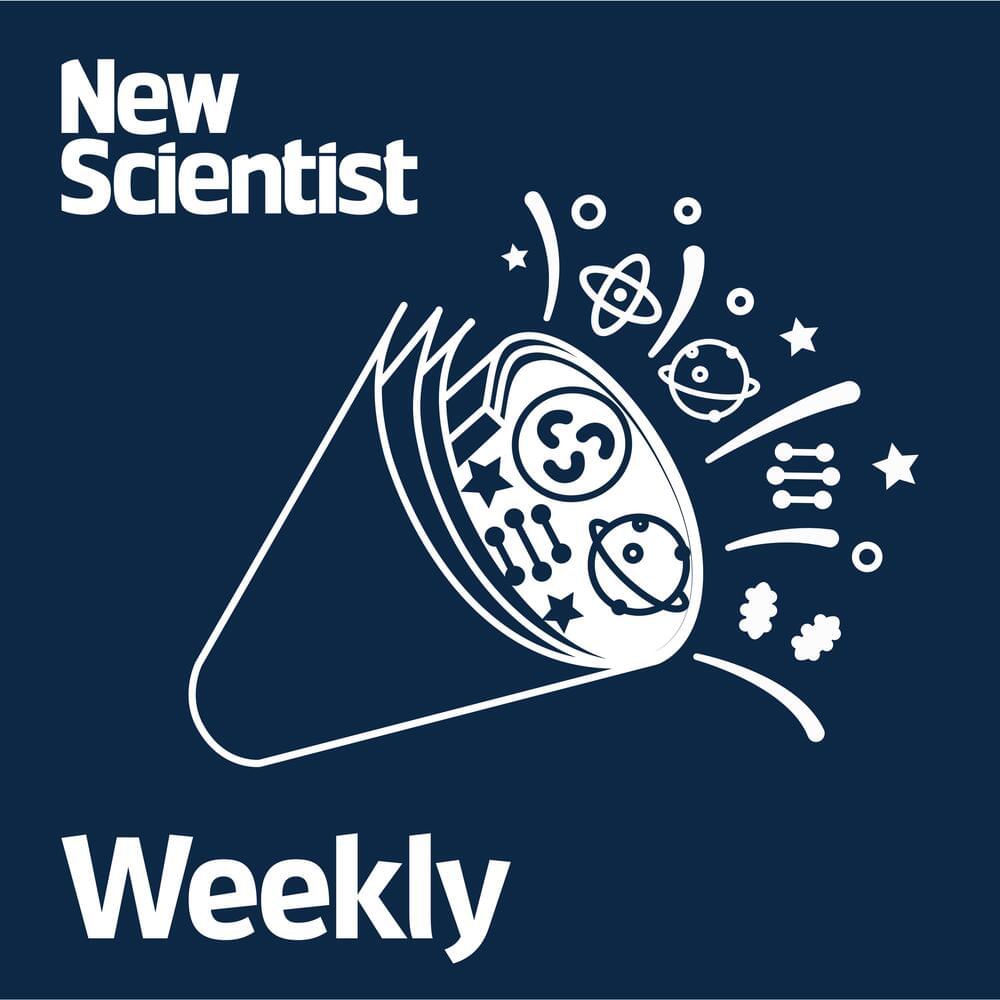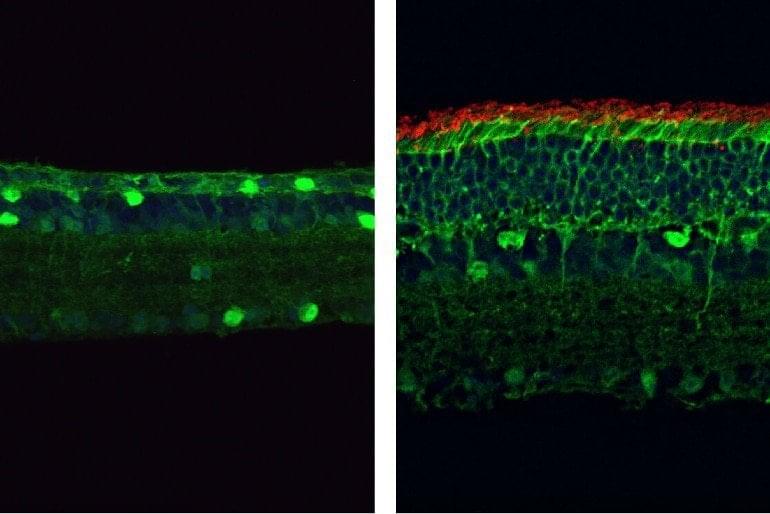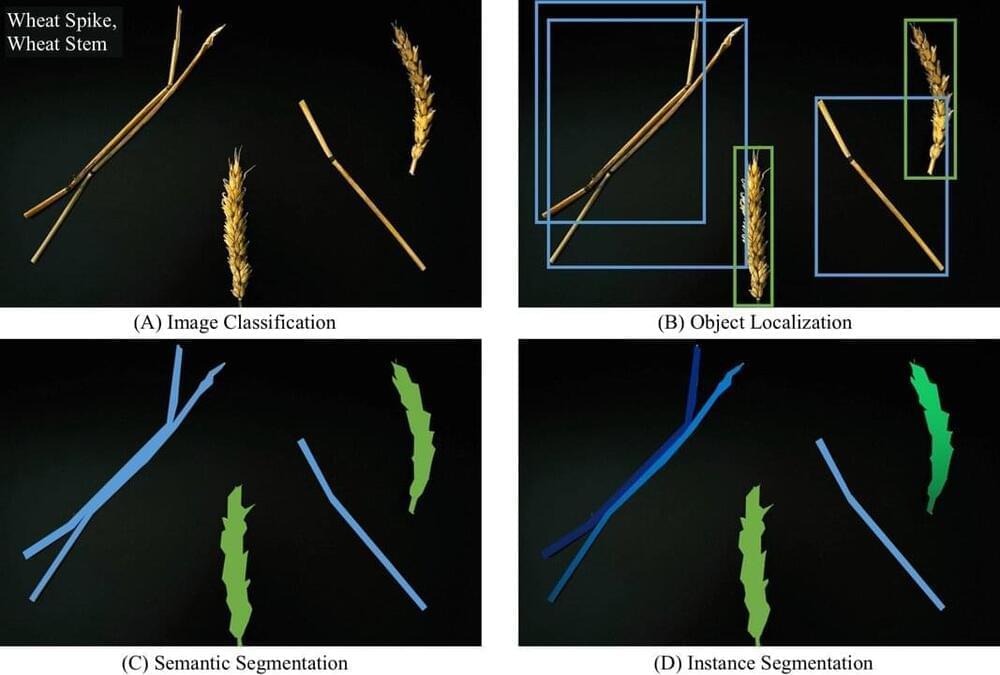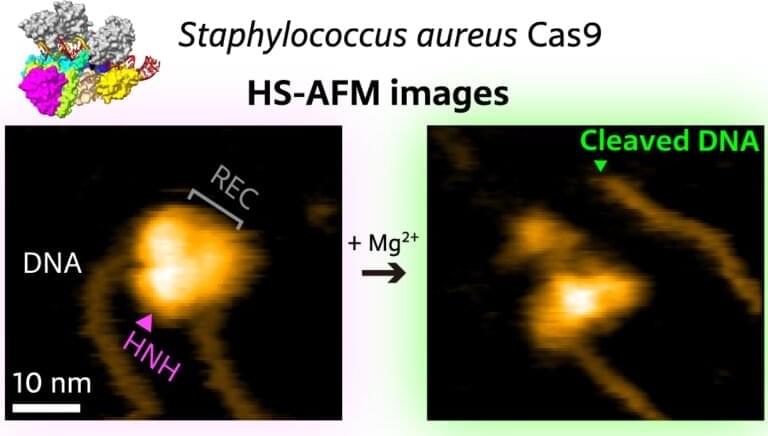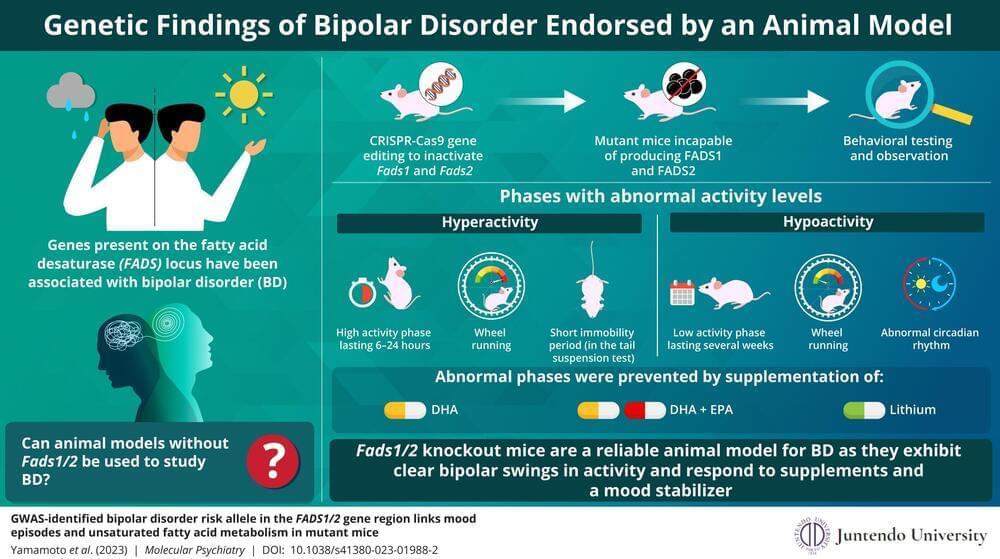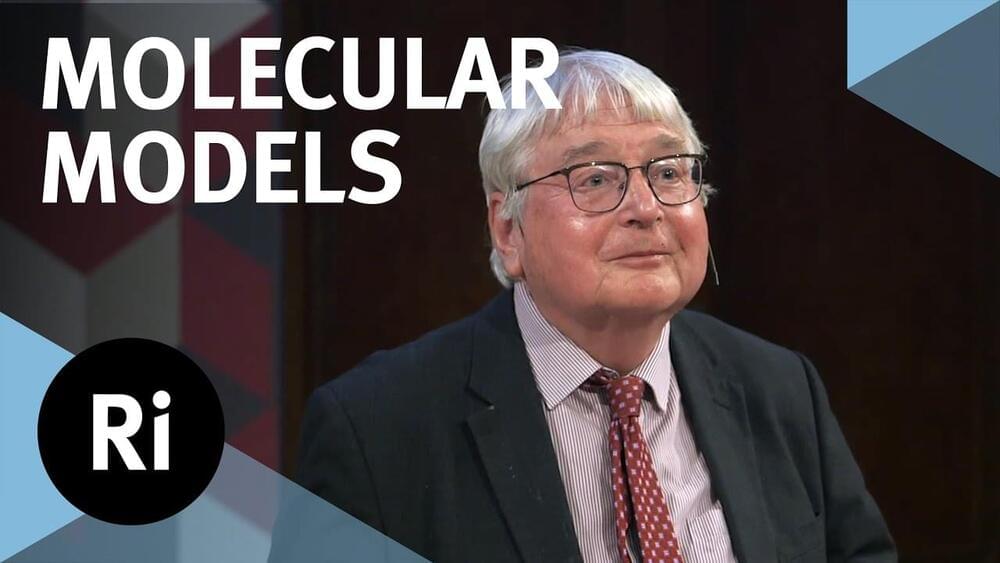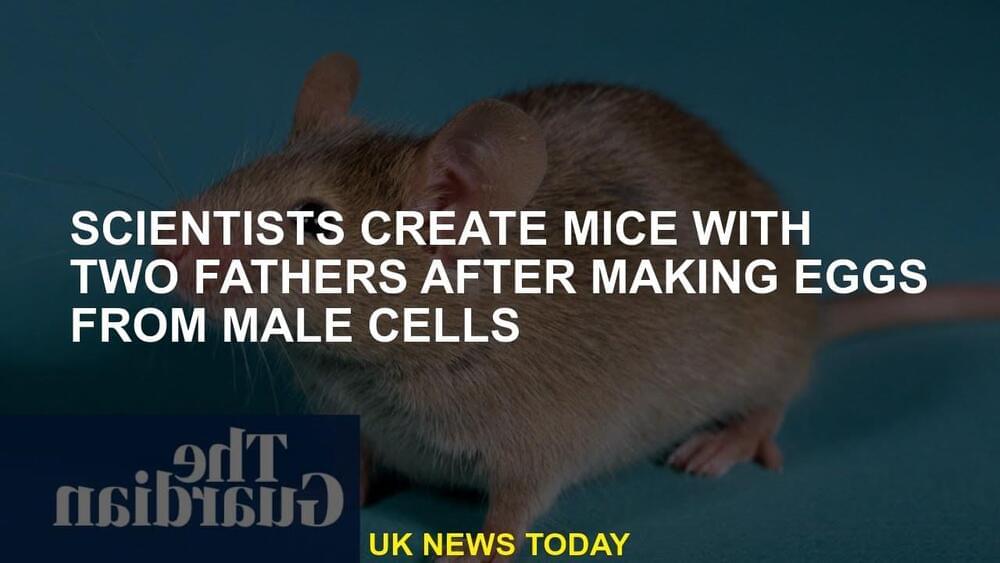
https://www.youtube.com/watch?v=2JsgnlBffCA
https://gotopnews.com/post/1979903
Scientists created mice with two biological dads by producing eggs from male cells, which is a development that opens radical new possibilities for reproduction. Progress can ultimately pave way for treatments for severe infertility forms and increase possibility of attracting couples of same gender to have a biological child in future. Hayashi, who presented development at the third International Human Genome Regulation Summit at Francis Crick Institute in London on Wednesday, predicts it would be technically possible to create a human egg from a male skin cell in ten years. Considering that human eggs did not create eggs, he argued this timeline was optimistic. Previously, scientists have created mice technically with a detailed step chain, including genetic engineering. This is first time that can be applied first time, eggs were raised from male cells and pointing to an important progress. He was trying to reproduce with human cells, but there would be important obstacles for use of eggs grown in laboratory clinical purposes, including creating safety. “In terms of technology, it will be possible even in 10 years in 10 years, ve he personally added that the technology used clinically to allow two men to have a baby. Orum I don’t know if they are ready reproduction,” he said.“This is a question not only for the scientific program, but also[society].” Technique, X chromosome is missing or partially missing a copy of the turner syndrome, including women with severe infertility forms can be applied to treat and Hayashi, this application is the primary motivation for research, he said. Others argued that translating technique into human cells may be challenging. Human cells need much longer agricultural periods to produce a mature egg, which can increase the risk of undesirable genetic changes. Profess George Daley, the Dean of Harvard Medical Faculty, described the study as “fascinating„ but other researches also showed that creating gamet creating from human cells in laboratory is more difficult than mouse cells.said. The study, which was sent to be leading magazine, was based on a number of complex steps to transform skin cell that carries the combination of male XY chromosomes into an egg. Men’s skin cells were re-programmed into a stem cell-like condition to form the induced pluripotent root cells. Then the Y chromosome of these cells was deleted and changed and ” borrowed from another cell to produce IPS cells with two identical X chromosome. Hayashi said, ” The trick, greatest trick, the reproduction of X chromosome,” he said. ” We really tried to establish a system to replicate the X chromosome.” Finally, cells were grown in an ovary organoid with a cultural system designed to replicate the conditions within ovary. When Yumurtas were fertilized with normal sperm, scientists obtained approximately 600 embryos implanted in the mice, which resulted in birth of seven mouse offspring. ‘Efficiency was lower than the efficiency obtained by normal female-derived eggs, where approximately 5% of the embryos continued to produce a lively birth. Baby mice looked healthy, had a normal life, and as an adult continued to the offspring. ” They look good, they grow normal, they become a father, Hay Hayashi said. He and his colleagues are now trying to increase the creation of eggs grown in the laboratory using human cells. Working on Gamets grown in the laboratory at the University of California Los Angeles, Prof Amander Clark said that it would be a ” big jump in, because scientists have not yet created human eggs from women’s cells. Scientists have created the premises of human eggs, but so far, cells, mature eggs and sperm, a critical cell division step, which has stopped development before the point of meiosis. It can be 10 years or 20 years.”
